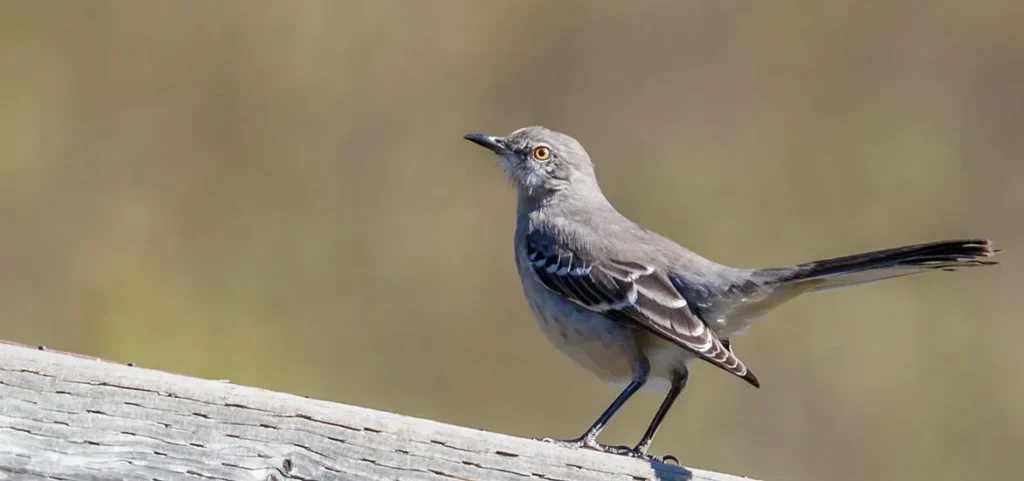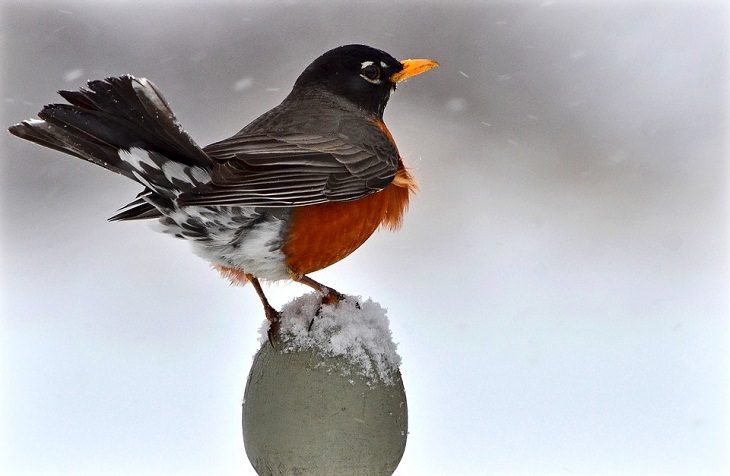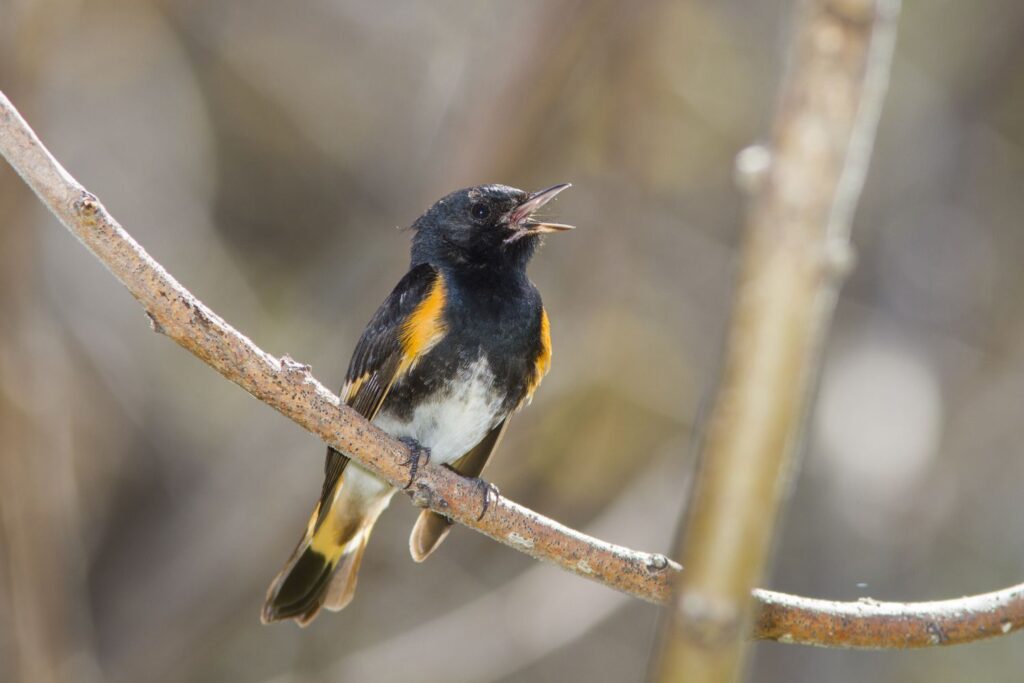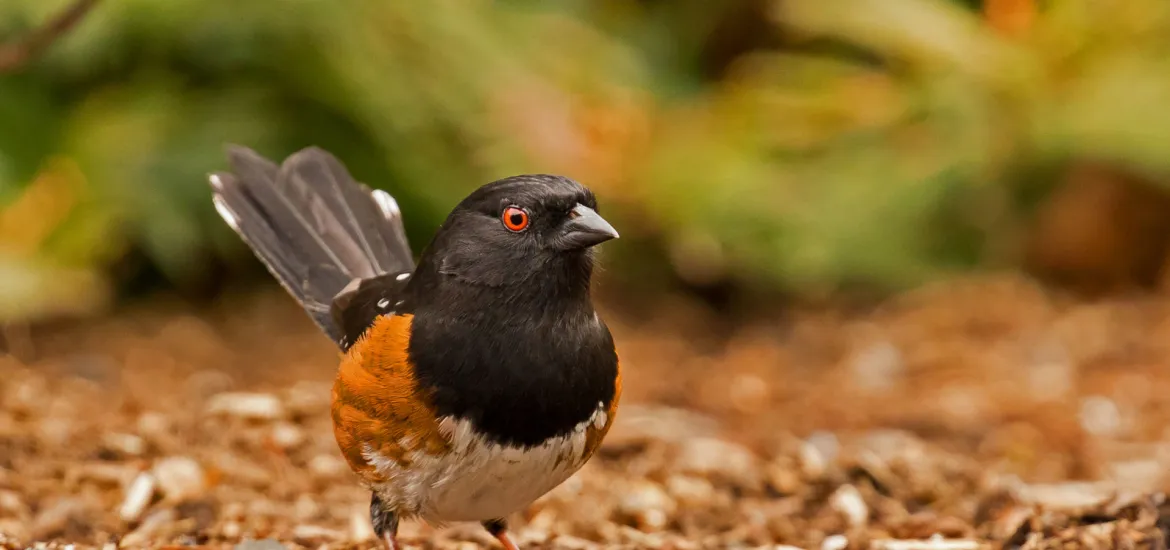Have you ever been enchanted by the magical sounds of animals singing? From birds that chirp melodiously at dawn to whales that produce hauntingly beautiful songs underwater, the animal kingdom is full of surprising vocal talents.
In this article, we dive deep into the world of singing animals to discover the top 9 creatures with voices that rival any human singer.

Birds: Nature’s Songsters
Birds are renowned for their musical abilities, using their voices to communicate, attract mates, and defend territories.
Among them, the Nightingale stands out with its rich, flute-like song that echoes through the woods.
Equally impressive is the Mockingbird, capable of mimicking the calls of other birds with astonishing accuracy.
Whales: Deep Sea Divas
In the vast oceans, Humpback Whales create intricate songs that travel for miles underwater.
These songs, composed of moans, cries, and howls, are thought to play a role in mating rituals and communication among pods.
Listening to a whale song is like hearing a symphony in the depths of the sea.
Wolves: Harmonious Howlers
Wolves are not just skilled hunters; they also have a knack for harmonizing.
Their howls, which can be heard over long distances, serve to assemble the pack, mark territory, and communicate with each other.
These eerie yet beautiful vocalizations are a testament to their social bonds and communication skills.
Gibbons: Jungle Tenors
Found in the dense rainforests of Southeast Asia, Gibbons are known for their elaborate songs.
Their calls, resembling loud, melodious whoops and hoots, can carry through the canopy and are used to establish territories and attract mates. Gibbons’ songs are a symphony of the jungle.

Elephants: Low-Frequency Rumbles
Despite their size, Elephants are surprisingly adept at producing low-frequency sounds that resemble rumbling or trumpeting.
These deep vocalizations, which can travel over long distances, are used for long-distance communication, bonding within herds, and warning of danger.
Cats: Purring Vocalists
While domestic Cats may not belt out tunes like birds or whales, they have their own unique vocalizations.
Cats purr, meow, chirp, and even trill to communicate with humans and other animals.
Each sound carries a distinct meaning, from affection and contentment to annoyance or hunger.
Frogs: Amphibian Arias
In ponds and wetlands worldwide, Frogs orchestrate their nocturnal choruses.
Each species has its own signature call, ranging from melodious trills to deep croaks.
Frog calls are crucial for attracting mates and warding off rivals, creating a cacophony of sound during breeding seasons.
Conclusion
From the enchanting songs of birds to the haunting melodies of whales, the animal kingdom is teeming with creatures that can rival any human singer.
Each species uses its voice in unique ways, whether for courtship, communication, or simply to express themselves in their natural habitats.
These singing animals remind us of the beauty and diversity of life on Earth.

FAQs
1. Can all animals sing?
Not all animals sing in the same way humans do, but many species use vocalizations for communication and social interactions.
2. Why do birds sing at dawn?
Dawn chorus among birds is often linked to territorial defense and attracting mates when ambient noise levels are low.
3. Do whales sing songs?
Yes, whales like Humpback Whales are known for their complex songs, which play a role in mating and communication.
4. Can cats sing like birds?
Cats vocalize in various ways but don’t sing like birds; their sounds serve different purposes, such as communication.
5. How do animals learn to sing?
Some animals are born with innate vocalizations, while others learn from adults or through social interactions within their species.
